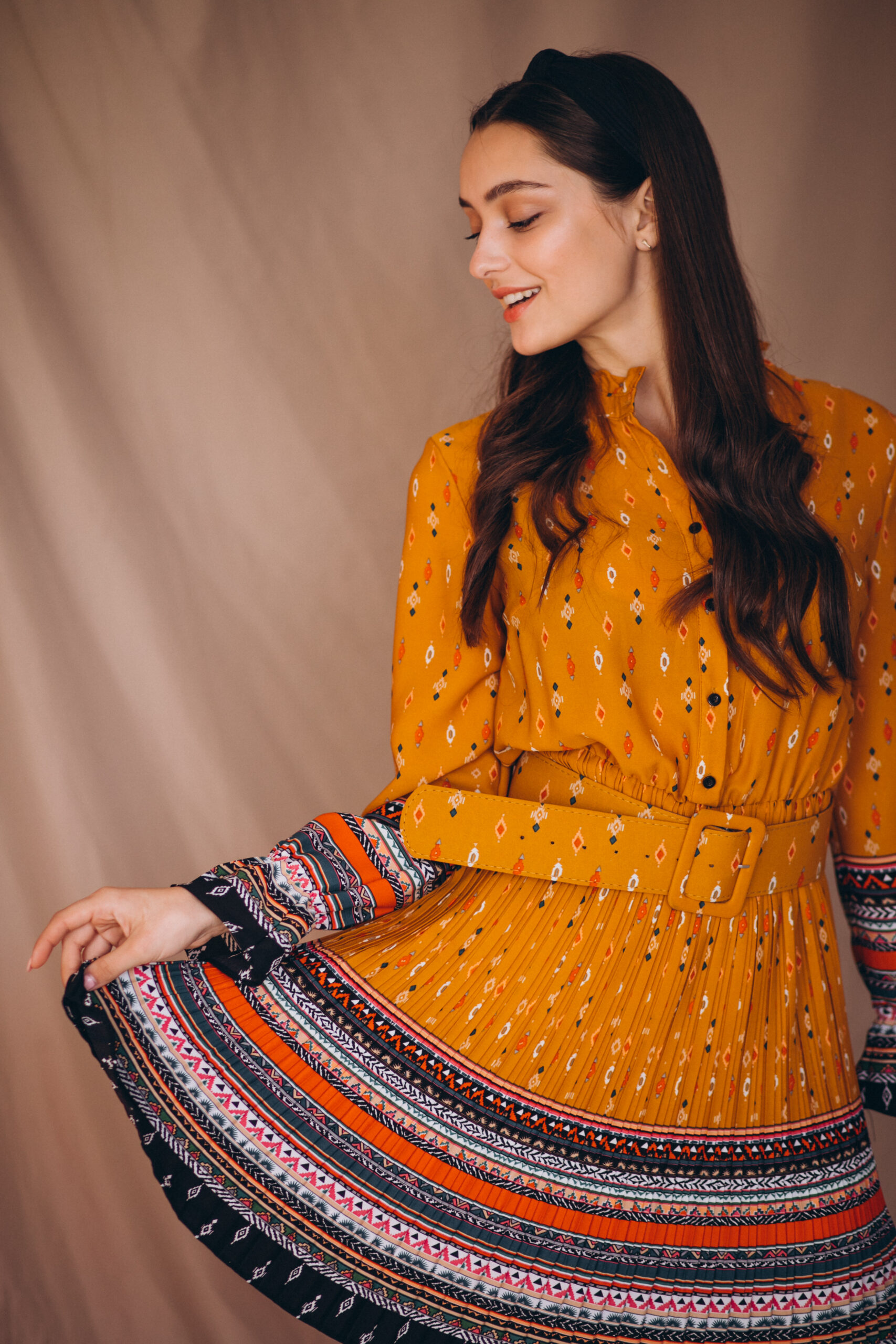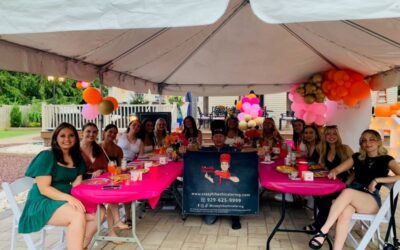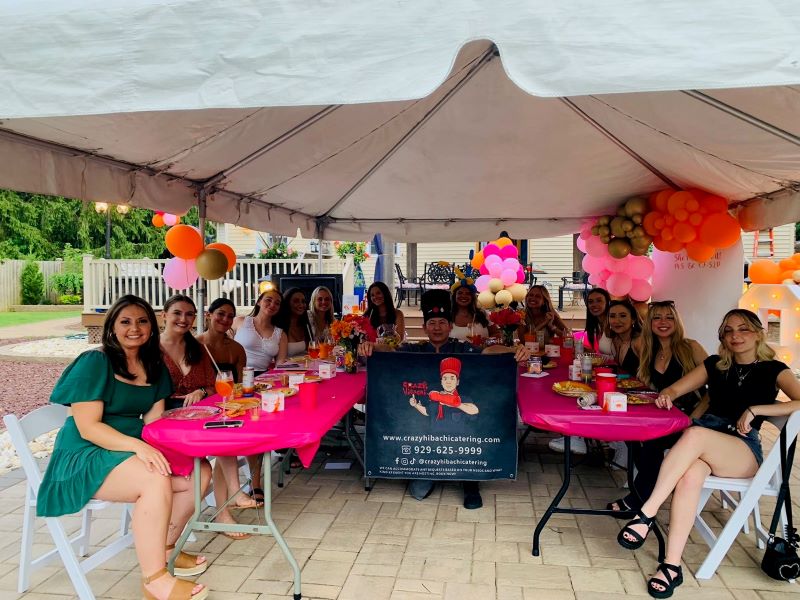Top women dresses in pakistan

Pakistan’s fashion industry is vibrant, ever-evolving, and deeply rooted in tradition. With a beautiful blend of Eastern and Western influences, women’s clothing in Pakistan represents the country’s rich culture and diverse heritage. The following article explores the top women dresses in Pakistan that are celebrated for their style, elegance, and adaptability. From traditional wear to contemporary designs, these dresses capture the essence of Pakistani fashion.
1. Shalwar Kameez
The shalwar kameez, Pakistan’s national dress, holds a special place in the hearts of Pakistani women. This ensemble consists of a long tunic (kameez) paired with loose-fitting trousers (shalwar). Known for its comfort, elegance, and modesty, the shalwar kameez has evolved significantly in terms of design and styling over the years. Today, fashion designers experiment with various fabrics, colors, and embellishments to cater to every occasion, from daily wear to formal events.
- Casual Shalwar Kameez: For everyday wear, women often prefer lightweight fabrics such as lawn, cotton, and linen. The designs are typically simple yet stylish, with floral prints, soft colors, and minimal embroidery. These casual sets are perfect for the hot summers of Pakistan, keeping women cool and comfortable.
- Formal Shalwar Kameez: For formal gatherings and celebrations, the shalwar kameez is made with more luxurious fabrics like silk, chiffon, and velvet. These are often adorned with intricate embroidery, zari work, sequins, and beads, making them suitable for weddings and festive occasions.
2. Anarkali Frocks
Anarkali frocks, with their long, flowy silhouette, exude grace and sophistication. Named after the legendary courtesan Anarkali, these frocks are fitted around the bodice and flare out at the bottom, creating a stunning silhouette. Traditionally, Anarkali frocks are worn with churidar pants, which are tight-fitting trousers that complement the voluminous look of the frock.
- Modern Twist: Today, designers are experimenting with contemporary cuts, asymmetrical hemlines, and various neck designs to modernize the Anarkali style. Women often choose this style for weddings, engagements, and parties, as it has a regal and timeless charm.
- Variety in Fabrics: Anarkali frocks come in various fabrics, from delicate chiffon to rich velvet, allowing for both summer and winter variations. Embellishments such as zari, gota, and mirror work enhance the appeal of these frocks, making them perfect for formal occasions.
3. Lehenga Choli
The lehenga choli is a three-piece ensemble consisting of a long skirt (lehenga), a blouse (choli), and a dupatta. Originating from the royal courts of Mughal India, lehenga choli remains one of the most glamorous outfits in Pakistani fashion, especially for weddings and formal events.
- Bridal Lehenga: The bridal lehenga is perhaps the most important dress for Pakistani brides. It is usually made with luxurious fabrics like silk, velvet, or organza and heavily embroidered with intricate patterns, beads, and sequins. The color palette traditionally leans toward shades of red and maroon, but modern brides are now opting for pastels, gold, and silver.
- Festive Lehenga Choli: Apart from bridal wear, lehenga cholis are also worn during festivals like Eid and family celebrations. These versions are often lighter, with simpler designs, making them suitable for events where a touch of glamour is desired without the weight of a bridal ensemble.
4. Saree
Though not originally Pakistani, the saree has become increasingly popular among Pakistani women. This traditional South Asian attire consists of a long piece of fabric draped elegantly over a blouse and skirt. Pakistani sarees are typically made with luxurious fabrics and adorned with delicate embroidery, making them ideal for formal events.
- Traditional Pakistani Saree: The Pakistani saree often features elaborate designs, embroidery, and embellishments. Georgette, chiffon, and silk are popular fabric choices, creating a graceful drape that complements the wearer’s figure.
- Contemporary Styles: Modern designers in Pakistan have introduced new ways to drape and wear the saree, making it more accessible and comfortable for younger generations. Belted sarees, pre-stitched sarees, and blouse variations give a contemporary touch to this timeless attire.
5. Maxi Dresses
Maxi dresses have gained immense popularity among Pakistani women in recent years. With their long, flowy designs and comfortable fits, maxi dresses are suitable for both casual and formal wear. These dresses often feature modest necklines and full sleeves, making them appropriate for conservative settings as well.
- Casual Maxi Dresses: For daily wear, maxi dresses in breathable fabrics like cotton and lawn are ideal. They come in a variety of prints, from florals to geometric patterns, making them versatile for any occasion.
- Formal Maxi Dresses: When crafted with fabrics like silk, velvet, and chiffon and adorned with embroidery, maxi dresses take on a more formal tone, suitable for weddings and other festive gatherings. Designers often incorporate traditional Pakistani embroidery styles to add a touch of cultural heritage to the dress.
6. Angrakha Style
The Angrakha style has made a significant comeback in Pakistani fashion, particularly among younger generations. This design features an overlapping front panel tied or fastened on the side, creating a unique and stylish look. Originally worn by Mughal nobility, the Angrakha is a perfect blend of tradition and modernity.
- Casual Angrakha: For everyday wear, Angrakha dresses are made with light fabrics like lawn or cotton, with simple patterns and prints.
- Formal Angrakha: For weddings and parties, Angrakha dresses come in rich fabrics like silk and are often embellished with zari, gota, or mirror work, adding a regal touch to the outfit.
7. Kurta and Trousers
The kurta and trousers combination is a favorite among Pakistani women due to its simplicity, comfort, and versatility. Kurtas are long or short tunics that can be paired with various types of trousers, including straight pants, palazzos, and culottes.
- Casual Kurta Trousers: Women often wear kurtas with simple cuts and subtle designs for daily wear. Cotton and lawn kurtas with light embroidery or prints are ideal for the hot Pakistani climate.
- Embroidered Kurtas: For a more formal look, kurtas adorned with intricate embroidery, beads, and sequins are popular. These are paired with straight pants or palazzos, creating an elegant look suitable for family gatherings and formal events.










